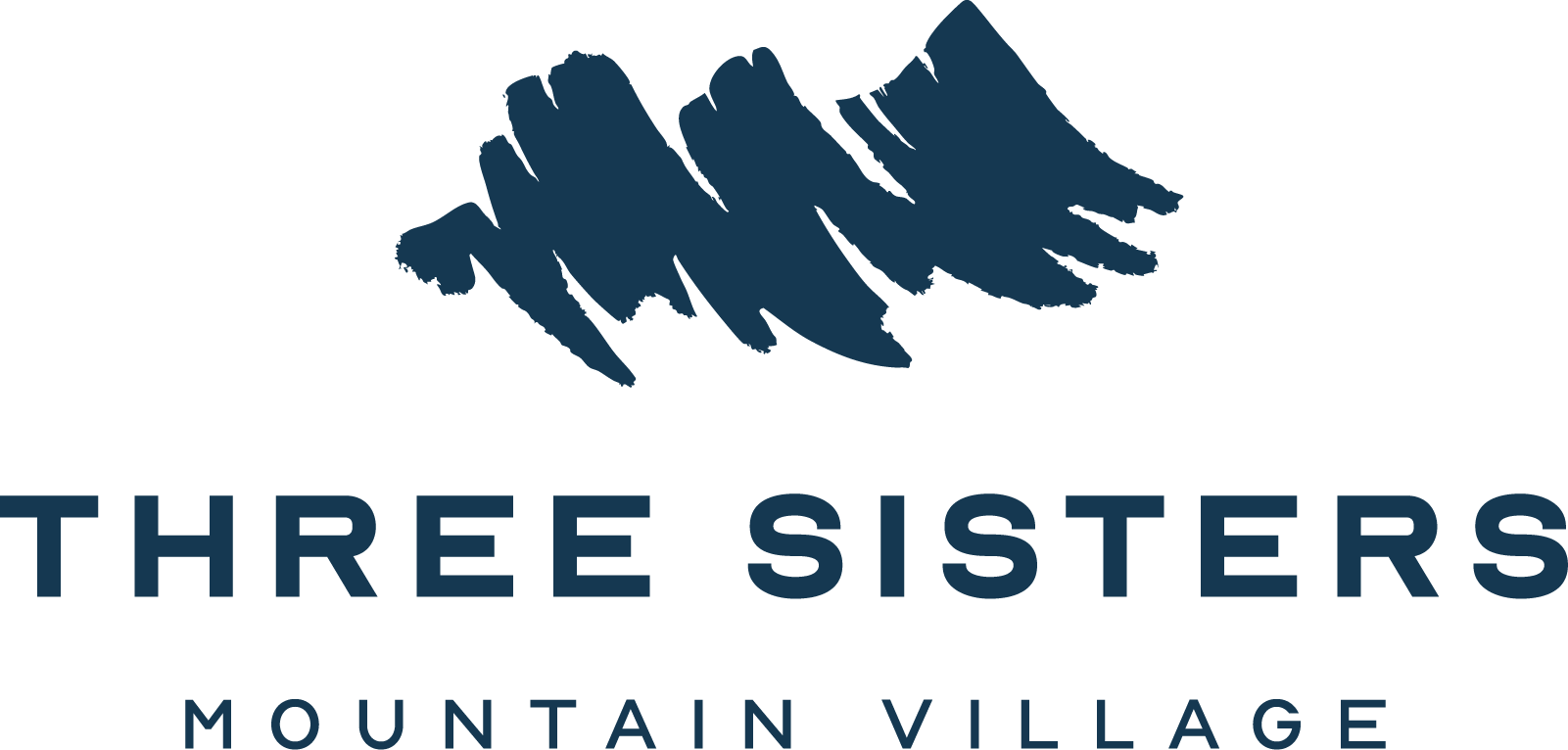First Reading of The Gateway approved unanimously; University of Saskatchewan and Innovate Canmore express interest
Town of Canmore Council unanimously approved First Reading to amend the zoning bylaw for The Gateway at Three Sisters on Tuesday, February 2. The Gateway lands, at the intersection of Three Sisters Parkway and Three Sisters Boulevard, are already designated for commercial use.
TSMV’s amendment application will allow for the incorporation of open spaces and a variety of multi-residential units, including employee housing. The intent is to align land use with the future subdivision for the area. The amendment also proposes to add light manufacturing, breweries/distilleries and drive-through food services as discretionary uses. A public hearing has been scheduled for Tuesday, March 2. Read more about the public hearing process.
The rezoning amendment aligns with the previously-approved Stewart Creek Area Structure Plan in 2004 and the Town of Canmore’s Municipal Development Plan. This application is moving forward in a similar timeframe, but is unrelated to TSMV’s ASPs for Three Sisters Village and Smith Creek.
“I too will be happy to support first reading and hear from the public. This has been a development that has been envisioned… since 2004. The residents of Three Sisters neighbourhoods have been waiting for the time when the promised commercial would come in, and so here we are, and a grocery store to boot is a great draw,” said Councillor Joanna McCallum.
The Rocky Mountain Outlook reported that the University of Saskatchewan announced a formal partnership with Innovate Canmore. The post-secondary institution is exploring opportunities to occupy space at The Gateway at Three Sisters in a proposed office campus known as the Research and Innovation Hub.
If approved, The Gateway’s Research and Innovation Hub will accommodate researchers and related facilities, as well as health and wellness practitioners and other professionals. The University currently operates the Global Institute for Water Security and Global Water Futures laboratory out of Canmore. Snow and ice melt in the Rocky Mountains determine seasonal river levels for most of Western Canada.
The Innovate Canmore Group was launched in early 2019 as a technology incubator and business accelerator, by a local team with deep expertise in artificial intelligence and machine learning, computer and life sciences, education, technology product development, financial engineering, and the entrepreneurial venture cycle. Innovate Canmore has also expressed interest in operating out of the Research and Innovation Hub.
“If we can all be co-located in the same place, you get a spillover of ideas that happens when you get people who are excited about innovation living closely to each other,” said Ernie Barber, academic strategic business advisor, University of Saskatchewan.
“This important partnership will allow us to nurture, incubate and accelerate science and technology innovation into commercial success, creating innovative technology products and global market-driven companies that will significantly contribute to the economic development, diversification and resilience of our Canmore, Alberta and Western Canadian economies,” said Brian McClure, President and CEO, Innovate Canmore.
Snow and ice melt in the Rocky Mountains determine seasonal river levels for most of Western Canada. Here Canmore-based USask Researcher Lindsey Langs mounts a field monitoring camera at a research site. Photo: Mark Ferguson, Global Institute for Water Security.
